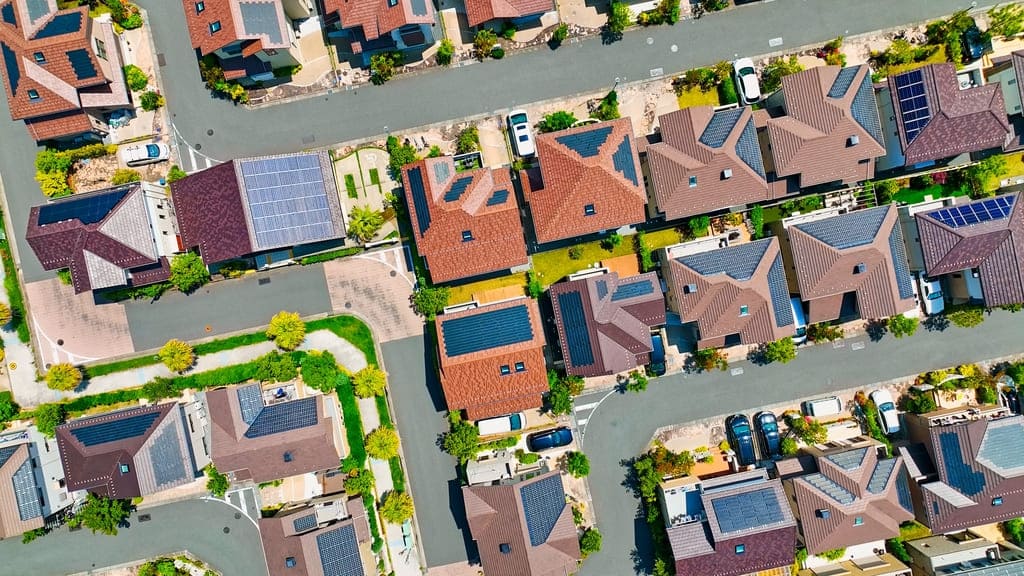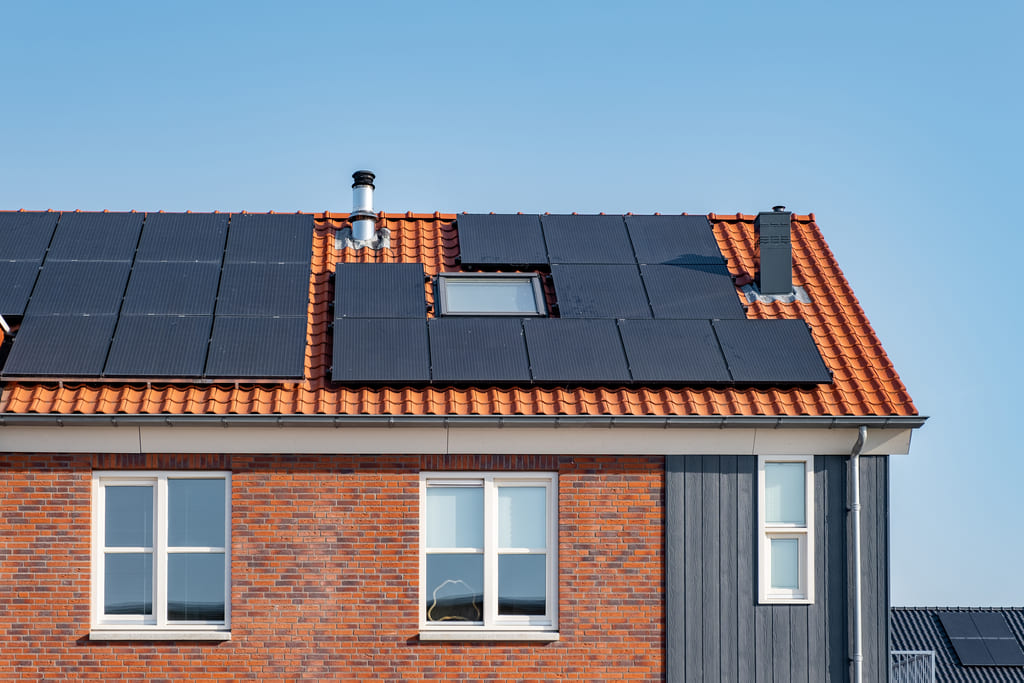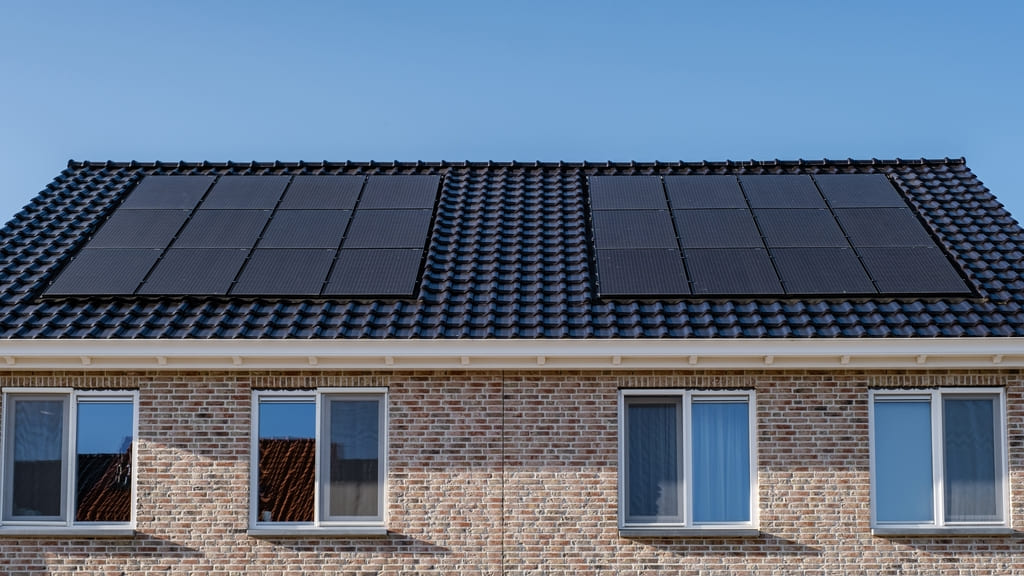In recent years, solar energy has been making significant strides, outpacing other electricity installations. This remarkable growth can be attributed to several key factors that have propelled the adoption of solar power on a global scale. From the notable decrease in solar panel costs to government incentives and the rising demand for clean energy, the momentum behind solar energy is undeniable.
As we delve into the different types of solar energy installations, including grid-tied systems, off-grid systems, and hybrid systems, it becomes evident that solar energy offers diverse options to meet varying energy needs. Amidst this remarkable progress, there are also challenges that need to be addressed. From intermittency and high upfront costs to limited energy storage options and the dependence on weather and location, the path to widespread solar adoption is not without obstacles.
In this comprehensive article, we will explore the driving forces behind the surge of solar energy, the various types of solar installations, and the challenges that need to be navigated in order to fully harness the potential of solar power.
Key Takeaways:
- Solar energy is outpacing other electricity installations due to decreasing panel costs, government incentives, and growing demand for clean energy.
- The different types of solar energy installations include grid-tied, off-grid, and hybrid systems.
- Solar energy still faces challenges such as intermittency, high upfront costs, limited energy storage options, and dependence on weather and location.
Why Is Solar Energy Outpacing Other Electricity Installations?
The rapid advancement of solar energy has positioned it as a leading force in the global energy landscape, outpacing traditional electricity installations and paving the way for a sustainable and renewable future for generations to come.
Technological advancements in solar energy have been pivotal in driving its growth, including improvements in photovoltaic cell efficiency, energy storage solutions, and smart grid integration. This progress has made solar energy more accessible and cost-effective, enabling its widespread adoption across diverse geographical regions.
The global embrace of solar energy is another key contributor to its rapid growth. Countries and organizations worldwide are increasingly leveraging solar power to diversify their energy portfolios, reduce dependency on fossil fuels, and combat climate change. This widespread adoption has created a robust market for solar energy solutions, fostering innovation and driving economies of scale.
The profound environmental impact of solar energy cannot be overlooked. Its clean, renewable nature significantly reduces greenhouse gas emissions and environmental pollution, contributing to a healthier planet and mitigating the adverse effects of conventional energy sources. As a result, solar energy is not only a strategic energy choice but also a crucial element in global efforts to address sustainability and climate challenges.
Decrease in Solar Panel Costs
The decrease in solar panel costs has been a pivotal factor in driving the widespread adoption of solar power, making it more accessible to consumers and businesses across the globe.
The reduction in costs has stimulated a significant shift towards renewable energy sources, as solar power becomes an increasingly viable alternative to traditional electricity generation methods. This trend has not only enhanced environmental sustainability but has also created new opportunities for market growth, leading to a surge in demand for solar products. The direct correlation between falling costs and increased market penetration has fueled substantial advancements in solar technology and infrastructure, resulting in a more seamless integration of solar power into mainstream energy systems.
Government Incentives
Government incentives have played a crucial role in propelling the solar energy sector forward, fostering innovation and investment while aligning with climate change mitigation and renewable energy goals.
These incentives often take the form of policy frameworks, financial support mechanisms, and regulatory measures that create an enabling environment for the adoption and proliferation of solar technologies. By offering tax credits, grants, and rebates, governments incentivize individuals, businesses, and utilities to invest in solar power systems, making the technology more accessible and affordable.
Supportive policies can stimulate research and development, spurring technological advancements, improving the efficiency of solar panels, and driving down costs. Regulations mandating the integration of solar power in building codes or utility procurement standards further enhance solar energy adoption.
Growing Demand for Clean Energy
The growing global demand for clean energy solutions has propelled the expansion of solar power, positioning it as a primary player in the shift towards sustainable and environmentally friendly electricity generation.
Driven by an increasing focus on sustainability goals, many countries and companies are aggressively pursuing the adoption of renewable energy sources such as solar power. Technological advancements in the solar industry have significantly improved the efficiency and affordability of solar panels, making them an attractive and viable option for electricity generation.
Market trends indicate a growing preference for clean energy sources among consumers and businesses, further stimulating the demand for solar power. As the world transitions towards a more sustainable future, solar power is expected to play a crucial role in meeting the escalating global energy needs while minimizing environmental impact.
What Are the Different Types of Solar Energy Installations?
Solar energy installations encompass a range of diverse systems that cater to varying energy needs and environmental considerations, offering tailored solutions for residential, commercial, and industrial applications.
Residential solar energy systems, such as rooftop photovoltaic panels, provide homeowners with a sustainable and cost-efficient solution for generating electricity and reducing reliance on the grid.
On the other hand, commercial and industrial solar installations, like solar parks and ground-mounted arrays, are designed to meet larger-scale energy demands, contributing to significant environmental benefits and economic savings for businesses.
Grid-Tied Systems
Grid-tied solar systems are integrated into the existing electricity grid, allowing for the seamless integration of solar power generation alongside traditional sources, contributing to a more balanced and sustainable energy mix.
By leveraging the grid-tied functionality, excess energy generated by the solar panels can be fed back into the grid, thereby reducing reliance on non-renewable energy sources during peak demand periods. This shared energy model not only benefits individual homeowners and businesses through potential cost savings but also supports the overall stability and reliability of the grid infrastructure.
In addition, the integration of grid-tied solar systems helps in contributing to the reduction of carbon emissions and environmental impact, aligning with sustainability goals and promoting cleaner energy alternatives.
Off-Grid Systems
Off-grid solar systems operate independently, providing self-sustained power solutions for remote locations, off-grid residences, and scenarios where conventional grid access is limited or impractical.
These solar systems are equipped with battery storage to ensure continuous power supply, allowing off-grid communities to access reliable electricity around the clock. The versatility of off-grid solar systems extends to various applications, including agricultural operations, telecommunications infrastructure, and disaster relief efforts. They play a crucial role in enhancing energy access in rural and underserved regions, contributing to sustainable development and environmental conservation.
Hybrid Systems
Hybrid solar systems combine solar power with other renewable or conventional energy sources, offering versatile and adaptable solutions to meet varying energy demands and environmental requirements.
This integrated approach not only ensures a consistent energy supply regardless of weather conditions, but also reduces dependence on a single power source, thereby enhancing energy security. The combination of solar with other energy sources such as wind or grid power enhances efficiency and grid stability. The adaptability of hybrid solar systems allows for customization according to specific energy needs and geographical locations, making them a versatile and sustainable solution for both residential and commercial settings. The reduced reliance on non-renewable resources and the minimized environmental impact make hybrid solar systems an environmentally friendly choice.
What Are the Challenges of Solar Energy?
Despite its remarkable growth, solar energy faces several challenges related to intermittency, cost, limited energy storage options, and dependence on weather and location, which necessitate innovative solutions and strategic approaches.
Intermittency poses a significant challenge to solar energy adoption, as electricity production relies on sunlight availability. This creates inconsistency in supply and hampers the ability to meet constant energy requirements.
Addressing the economic barriers associated with solar energy, such as upfront installation costs and technological complexities, is essential for widespread adoption.
The limitations in energy storage technologies hinder the seamless integration of solar power into the existing grid infrastructure.
The geographical dependencies of solar energy, requiring specific sunlight exposure and weather conditions, restrict its viability in certain regions.
Overcoming these challenges demands innovation in energy storage solutions, enhanced grid integration, and tailored approaches to address location-specific constraints.
Intermittency
The intermittent nature of solar power production poses a significant challenge for its seamless integration into the wider energy grid, requiring innovative solutions to address variability and ensure reliability.
Integrating solar power into the grid demands sophisticated management due to the fluctuating output, which affects the system’s stability. Solar energy’s intermittency can lead to imbalances in supply and demand, ultimately impacting grid stability and necessitating backup resources. Technological advancements in energy storage, smart grid technologies, and predictive analytics offer promising avenues to mitigate these challenges.
Energy storage systems such as lithium-ion batteries and advanced grid management tools give the power to utilities to optimize solar power integration. Enhanced forecasting models enable better anticipation of solar output, aiding in grid balancing. Ongoing research and collaborative efforts are driving further innovations, fostering more reliable and efficient solar power utilization.
High Upfront Costs
The high upfront costs associated with solar energy installations present financial barriers for prospective adopters, necessitating investment incentives and cost-effective financing solutions to enhance accessibility and affordability. Here at Simple Flow we have many different financing solutions to consider when going over a complete proposal.
Addressing these challenges requires a comprehensive understanding of the economics of solar energy adoption. Governments and policymakers play a pivotal role in establishing robust incentive structures and favorable regulatory frameworks that mitigate financial burdens on consumers. Innovative financing mechanisms, such as:
- solar leasing
- power purchase agreements
Each offer viable options to spread costs, making solar energy more financially feasible for households and businesses. Despite the initial costs, the long-term benefits of solar energy, including reduced utility bills and environmental sustainability, underscore the importance of overcoming these economic barriers.
Limited Energy Storage Options
The limited options for energy storage in solar systems pose a challenge for reliable and consistent power availability, necessitating advancements in energy storage technologies and grid integration solutions.
Current storage technologies such as lithium-ion batteries and pumped hydro storage play a crucial role in mitigating intermittency issues associated with solar power generation. Their limitations in scalability and cost-effectiveness highlight the necessity for further innovation.
Innovative approaches such as molten salt storage and flow batteries show promise in addressing these limitations, while efforts in integrating solar power with smart grids and demand-response technologies are enhancing grid stability and maximizing solar power utilization.
Dependence on Weather and Location
Solar power generation is inherently dependent on weather conditions and geographical location, presenting challenges in ensuring consistent and reliable energy output, particularly in regions with variable sunlight and climatic patterns.
The geographical considerations play a crucial role in determining the efficiency of solar energy production, as the angle of sunlight and available solar resources differ across various locations. For instance, regions closer to the equator typically receive more intense sunlight throughout the year, resulting in higher solar energy potential. Conversely, areas with frequent cloud cover or limited daylight hours may experience reduced solar energy generation capacities.
Frequently Asked Questions
What is the significance of the solar milestone of outpacing other electricity installations?
The solar milestone of outpacing other electricity installations means that the rate at which solar energy systems are being installed is greater than that of other forms of electricity generation. This is a significant achievement in the shift towards cleaner and renewable sources of energy.
How has the solar industry achieved this milestone?
The solar industry has achieved this milestone through advancements in technology, more affordable solar panel prices, and supportive government policies. Additionally, consumers are increasingly recognizing the benefits of solar energy and are choosing it over traditional sources of electricity.
What does this milestone mean for the future of electricity generation?
This solar milestone is a strong indicator that renewable energy sources, like solar, are becoming increasingly dominant in the electricity sector. It also shows that the transition towards cleaner energy sources is gaining momentum and has the potential to significantly reduce our reliance on fossil fuels.
How does the growth of solar installations compare to other forms of electricity?
The growth of solar installations has far exceeded that of other forms of electricity generation in recent years. In fact, solar energy is now the fastest-growing source of electricity globally, surpassing even wind and hydropower.
What are some of the benefits of solar energy over other forms of electricity?
Solar energy is a clean, renewable source of energy that does not produce harmful emissions or contribute to climate change. It also has the potential to reduce energy costs for consumers and create jobs in the growing solar industry.
What challenges does the solar industry still face in reaching even higher milestones?
While the solar industry has made significant progress, there are still challenges to be overcome. These include the need for more efficient and affordable storage solutions, as well as the development of more reliable and widespread grid integration methods for solar energy.
If you are interested in learning more about how solar can impact your energy bill, start by completing our form to receive a free solar evaluation with one of Simple Flow’s energy advisors.



